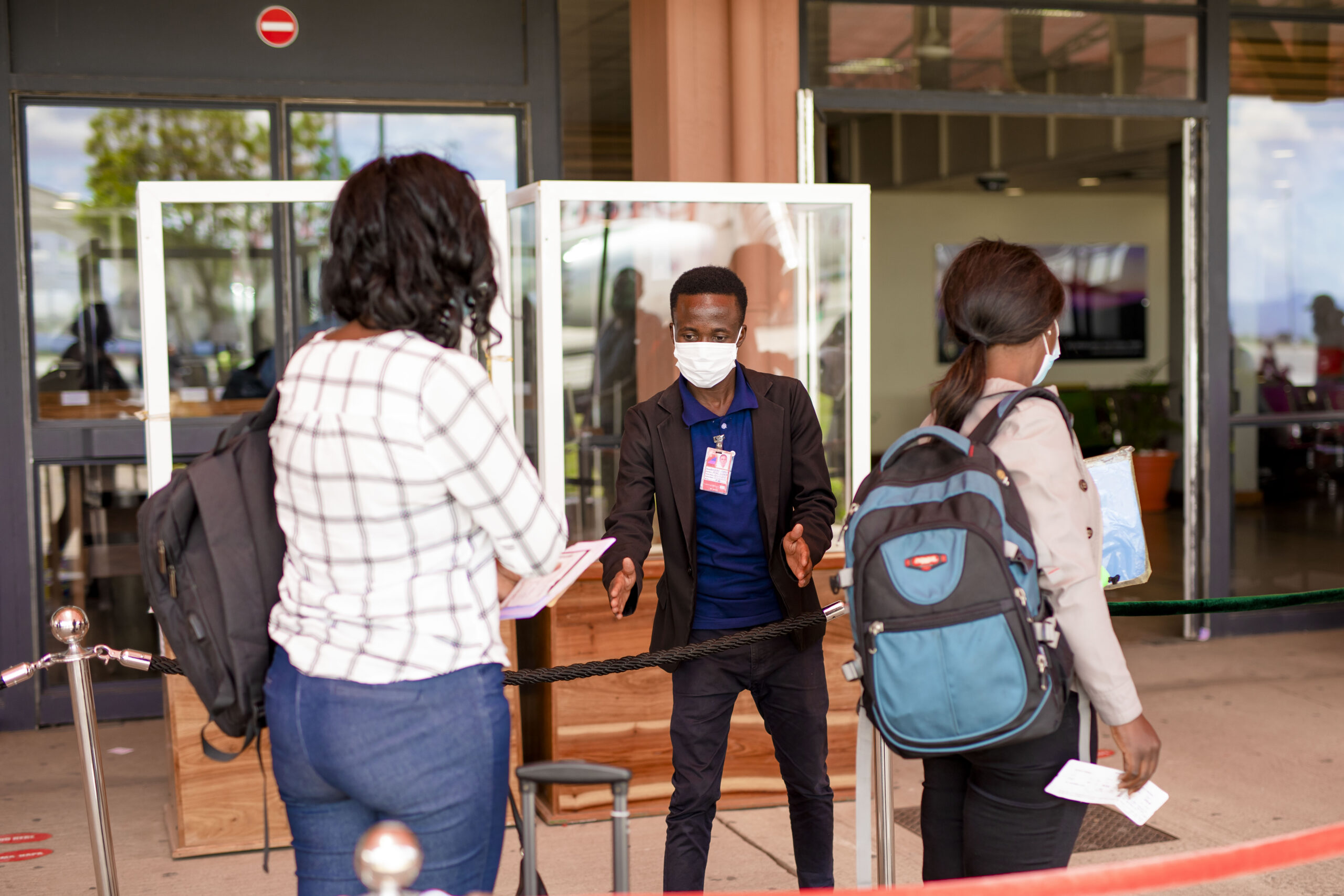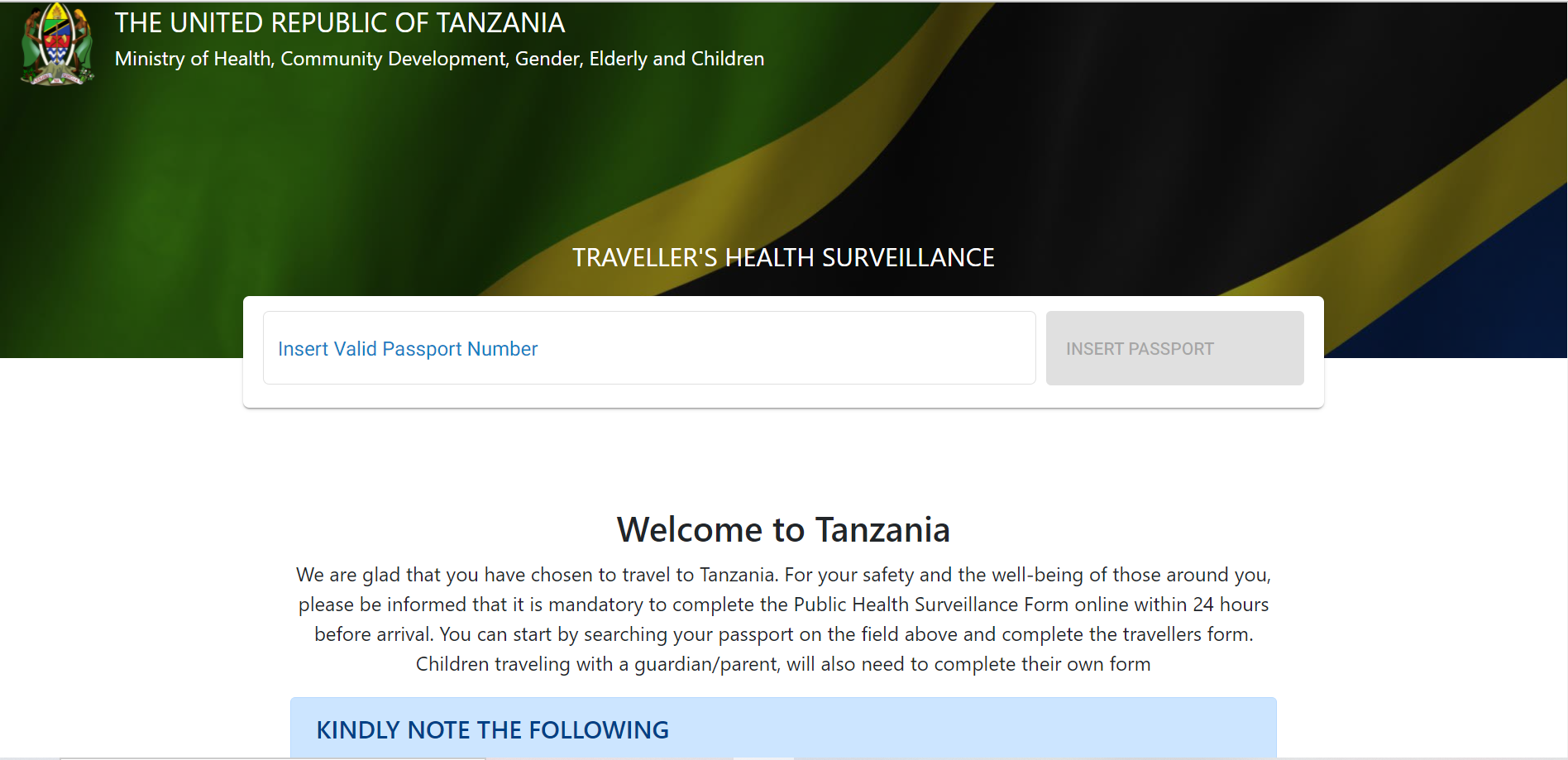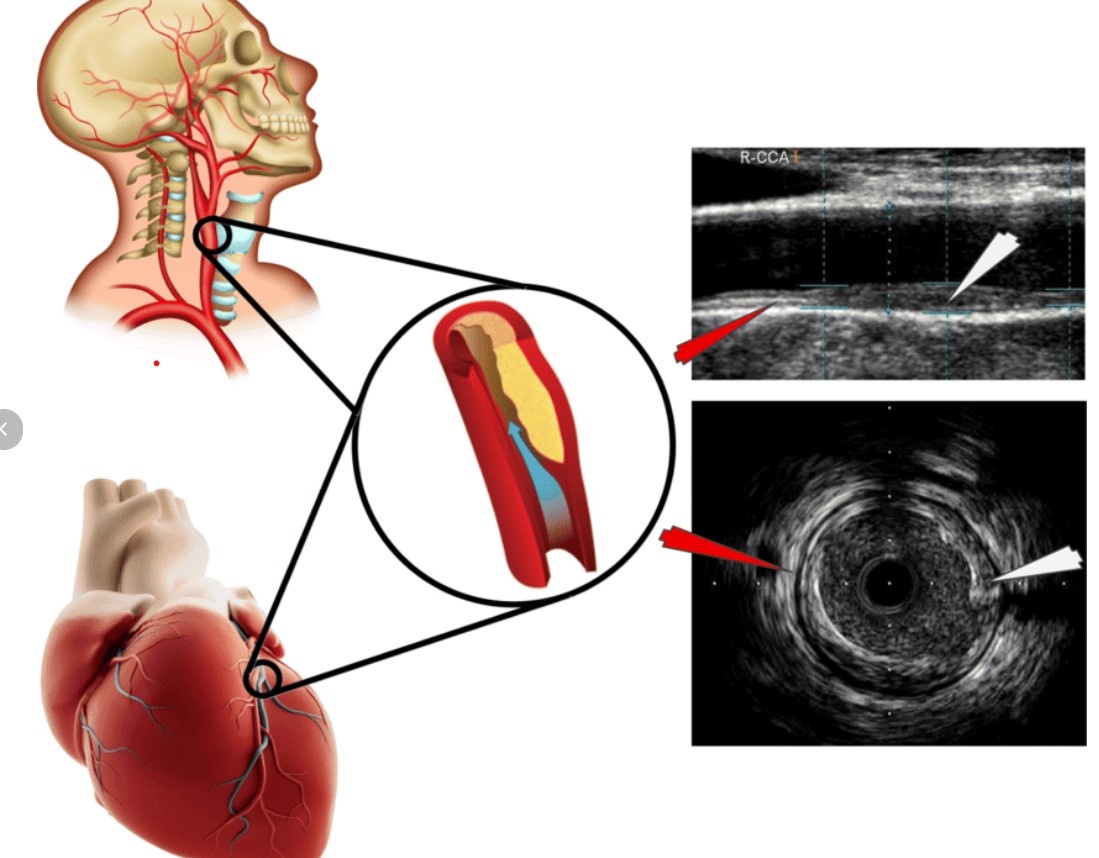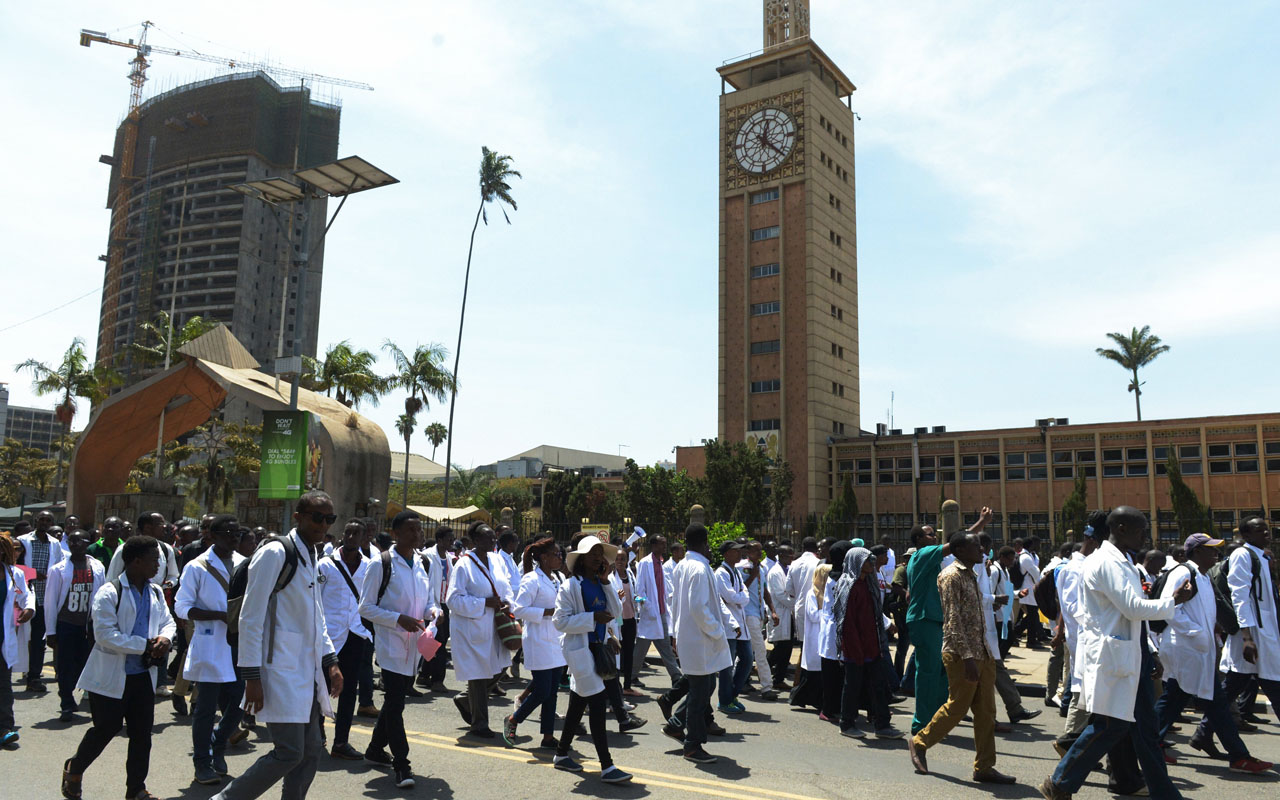- Scientist who pioneered the online tool says he found staff strained at major airport
- Public health alerts rise to 75 per week, government data show
- COVID-19 cases rise to 33,230 and 789 cumulative deaths reported so far
Gone are the days when port health officers at international airports in Tanzania had to contend with tons of paperwork while screening for infectious diseases such as COVID-19 among incoming passengers.
A digital surveillance system, which is brainchild of an environmental health staff who was deployed by the Banjamin Mkapa Foundation (BMF) at the Kilimanjaro International Airport has reduced the turnaround time for one flight to about 45 minutes, down from 2 hours.
“At first, we were strained and understaffed. We used to spend several hours scrutinising papers for each of the arriving passengers,” says Willy Mnemba, the Acting Port Health Officer-in-Charge at KIA, as he curtain-raises a story of transformation at the airport.
“But things have changed for the better in recent months after the introduction of a digital surveillance system,” says Mnemba, recounting the impact brought by the deployment of additional healthcare workers at the airport under the Pambana na Korona Project implemented by BMF, with support from UNFPA.

A rise in COVID-9 cases globally, coupled with the need for international travellers to enter Tanzania, has heightened the risk of cross border transmission of the coronavirus. However, public health surveillance of the pandemic was being hindered by a critical shortage of health professionals at major ports of entry.
By 7 February 2022, there have been 33,230 confirmed cases of COVID-19 in Tanzania with 789 deaths, reported to WHO and a total of 2,431,769 vaccine doses have been administered as of 27 December 2021.
More than 500 skilled Healthcare Workers were deployed at health facilities and major ports of entry across Tanzania as part of the project that launched in July 2020.
Including KIA, the 30 ports of entries saw a deployment of 103 environmental health staff.
Data obtained from the Ministry of Health and reported in BMF quarterly progress report (July -September 2021) indicate that more than 80,000 travelers entering the United Republic of Tanzania (URT) have been tested for rapid antigen test for COVID-19.
Public health alerts also increased from about 25 alerts per month to an average of 75 alerts per week, with an average of 500 high-risk travelers being linked to mandatory surveillance procedures.
More than 10,000 COVID-19 certificates were also verified per week among departing travelers, and the vaccination of Yellow Fever and Hepatitis B to travelers has been enhanced.
Yet necessity became the mother of invention amid the pandemic, with global health security being nearly as vital as the need for international travel.
Innocent Vedasto joined the crusade by championing technology-led health interventions. He is a port health officer and his duties entail supervision of health screening and surveillance of epidemics.

“When I was contracted to work here at the Port Health section, that’s when I learnt that there was a need to improve the system used for COVID-19 screening of international travelers,” says Vedasto, explaining how he went the extra mile and fronted the idea of creating Tanzania’s Online Travelers’ Surveillance Tool.
“I was determined to see a shift from paper-based surveillance of COVID-19 that we were using at the time at our airport, to a more digitalized system, which I believed was going to be more efficient and could reduce the risk of transmission of coronavirus,’’ says Vedasto.
The initial practice was that a traveller—before arriving in Tanzania—would be required to provide details in paper form. Then, port health officers at the airport would inspect and review the details of the traveller on arrival.
Vedasto says, “Apart from being a cumbersome process for port health officers at work, the exchange of papers with the passengers involved a lot of contact and could increase the rate of physical contamination and the risk of infection.”
On December 18, 2020, during a conference of environmental health officers in Dodoma, Vedasto, who is an environmental health scientist, was given a chance to stand on the podium and present a case study, detailing the lessons he had learnt.
His presentation, titled: Evaluation of public health surveillance system for early detection and investigation of public health events at point of entry (A case study of Kilimanjaro International Airport), has left impact in public health since then.
Little did he know that about five months after his presentation, his ideas could turn into a reality.
On April 16, 2021, the Ministry of Health rolled out a digital tool at all major airports, with the domain: afyamsafiri.moh.go.tz, for COVID-19 digital surveillance, leveraging Vedasto’s recommendations. And, it was developed with the assistance of experts from the SACIDS Foundation for One Health.
How it works
Twenty four hours before beginning their journey to Tanzania, travellers are required to fill out the online form. After filling in details, the website generates a control number which is required in order to pay for the rapid test on arrival. There is also an option for paying by credit card.








